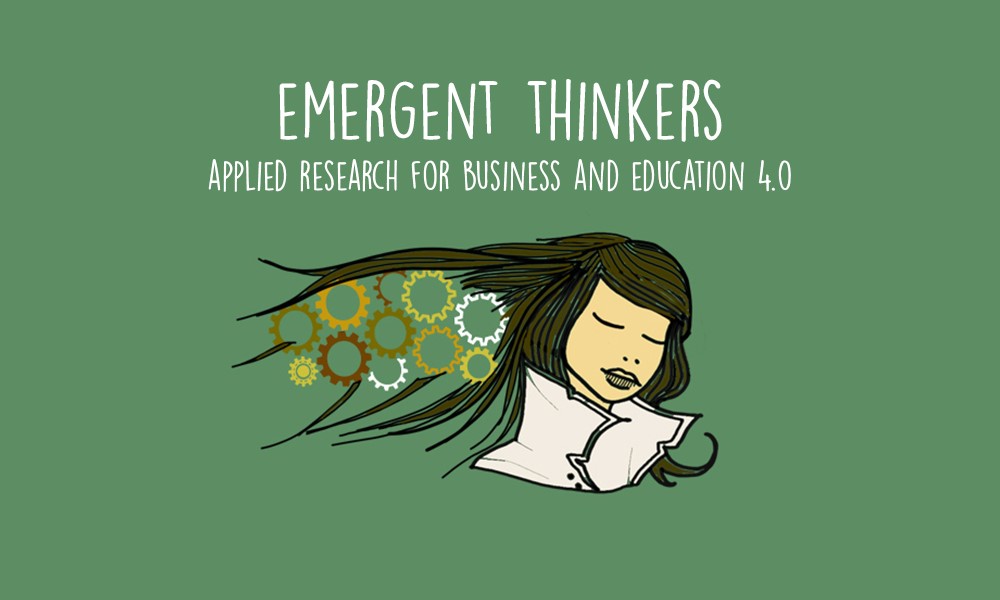
Last weekend I spent the day in Bristol’s ‘We are Curious’ science discovery centre with my young children. Amongst the interactive exhibits, activities and labs, I was particularly inspired by their ‘question’ installation. Collecting since 2017, ‘We are Curious’ aims to gather 10,000 curious questions from across the city of Bristol and beyond, to both celebrate the curiosity of its people and trigger further questions.
In addition to the questions collected in-house, the ‘We are Curious’ team are also visiting locations across the city, inviting and supporting as many new communities and individuals as possible to participate. They bring with them a ‘Curious Cube’, a large, mirrored cube installation, which ‘reflect’ some of the questions already being asked.

Today, asking curious questions remains an underrated and undervalued skill. Yet, a common denominator across many brilliant change-makers, designers, inventors and engineers, is an exceptional skill in asking good questions (Berger , 2014). In a business context, according to the author’s Kander and Fromm of ‘Curiosity Muscle’, curiosity is also the new competitive advantage.
A self-declared questionologist, inspired by Warren Berger’s ‘A More Beautiful Question’, I can become quite consumed by the concept that “questioning, deeply, imaginatively and beautifully, can help us identify and solve problems, come up with game-changing ideas, and pursue fresh opportunities”. Yet, ‘We are Curious’ have made it so fresh and so much fun! So I celebrate and share the work of the “We are Curious” Team.
“Science is not just about answers, it’s about asking questions, and it can be messy and creative and involve conversation & collaboration”. Working with real questions from real people is just plain fabulous, to help create a culture of curiosity.
We should all have this type of space in our organisations and in our learning spaces. Especially useful to those who work as ‘educators’ and aspire to ‘curiosity-based’ and ‘experiential’ learning. As learning facilitators, we need to ask the right questions, not necessarily hold or supply the answers!
Did you know that there are different types and facets of curiosity?
- perceptual curiosity (the desire for intellectual information or facts)
- epistemic curiosity (the desire to acquire experiences through the senses)
- divergent curiosity (actively seeking varied sources of novelty and challenge)
- sensory (actively seeking novel sensations and stimuli)
- interpersonal curiosity (the desire for new information about people)
- emotional curiosity (the desire of a person to discover more about another person’s experiences and learn how it would feel to live through those same experiences)
(Jeraj & Marič, 2013; Tieben, 2015)
Are you curious about which type you are, or which type you would like to develop?…
References
Web: Find ‘We are Curious’ on http://www.wethecurious.org
Berger, W. (2018) ‘The Book of Beautiful Questions: The Powerful Questions That Will Help You Decide, Create, Connect, and Lead’, Bloomsbury Publishing: London.
Kander, D. & Fromm, A. (2018) ‘The Curiosity Muscle’, Truefolio, United States.
Jeraj, M. & Marič, M. (2013) ‘Entrepreneurial Curiosity – The New Construct’, 32nd International Conference on Organizational Science Development, SMART ORGANIZATION, Lean Organization. Internet of Things. March 20th – 22nd 2013, Portorož, Slovenia.
Tieben, R. (2015) ‘Activating Play: a design research study on how to elicit playful interaction from teenagers’ [online]. Available: https://pure.tue.nl/ws/files/3857195/798382.pdf [Accessed 4th February 2020].


Good one felicity
Sent from my Samsung Galaxy S8 – powered by Three
LikeLike